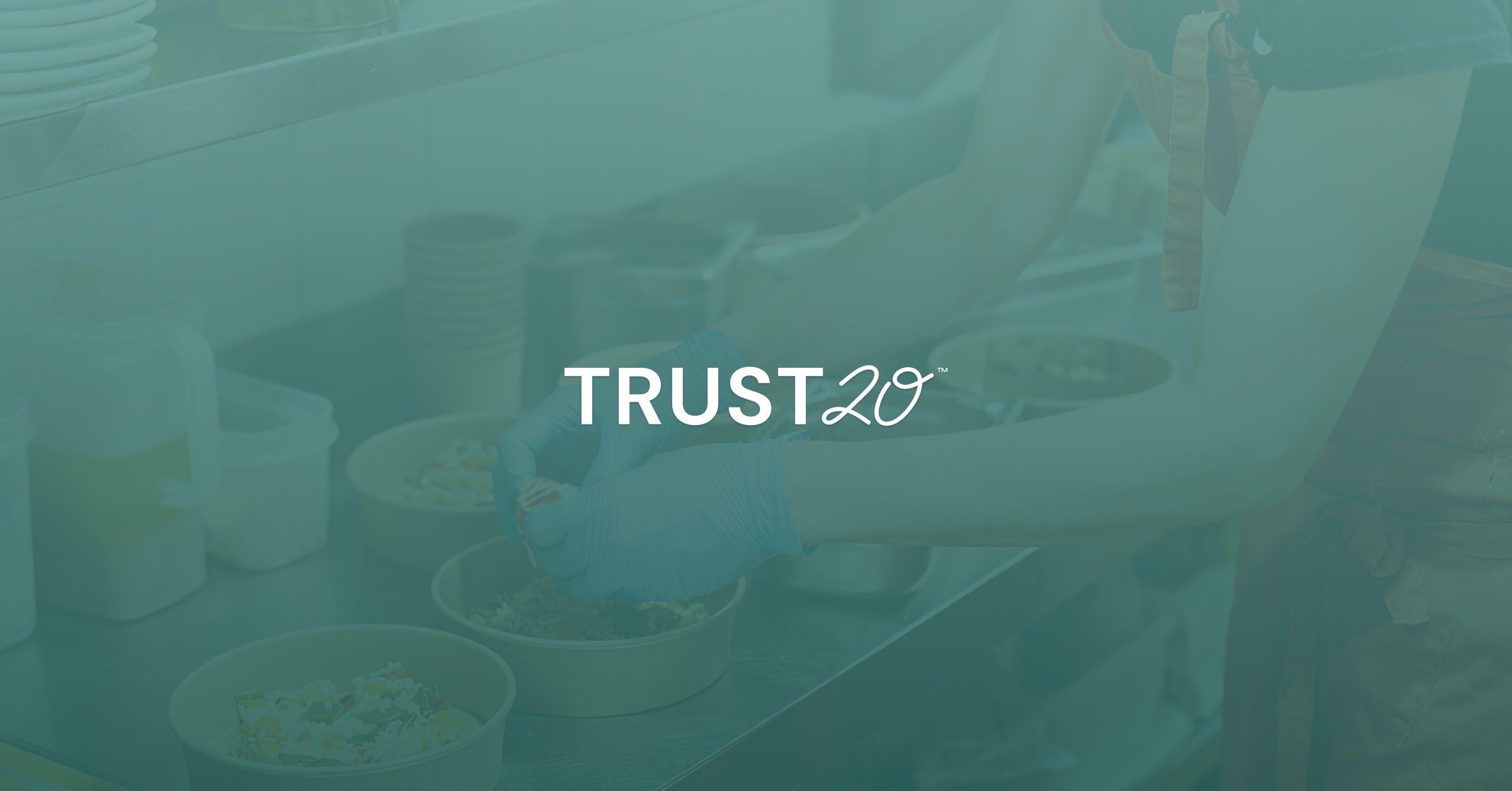You have a lot of responsibilities when you’re working in a kitchen. Whether you work for a hospital cafeteria or a restaurant, the logistics can be tricky–especially when it comes to ensuring the food you serve is safe.
We tend to spend a lot of time thinking about bacteria and other pathogens that cause foodborne illnesses, but the reality is that one of the biggest risks to food safety is physical hazards.
So what are these physical hazards–and what can we do to prevent physical hazards and contamination in food? Let’s take a closer look.
What is a physical hazard of food contamination?
Why are physical hazards problematic in foodservice?
What is the difference between a physical hazard and contamination?
Where are physical hazards typically found?
How can physical hazards be prevented?
What should food handlers do if a physical hazard is detected?
The best line of defense: training all food handlers in potential physical hazards
What is a physical hazard of food contamination?
While everyone knows the dangers of working with hot stoves, sharp knives, and hazardous chemicals, there is another hazard that is often overlooked–physical hazards.
Physical hazards in food service refer to objects that can physically harm someone when they contaminate food.
Essentially, they are any foreign objects found in food.1 These contaminants can come in different shapes and sizes, such as metal shavings, glass pieces, stones, hair, and even Band-Aids.
These hazards could accidentally end up in food during processing, handling, packaging, and transport. This contamination could also be due to faulty equipment, human error, or improper hygiene practices. Ultimately, they can happen at any point, time, or place in the journey from the farm to the dinner table.
Why are physical hazards problematic in foodservice?
Physical hazards in food service are a serious concern. Not only do they pose a danger to staff and customers, but they can also have a dramatic impact on business. Here’s how.
Food-related injuries
Physical abuse can put staff and customers at risk of serious injury. Broken plates, glasses, and sharp utensils can cause cuts and lacerations. We already know that.
Now, think about what would happen if a customer unknowingly ingested a piece of glass that was found in their dish. That’s bad news!
Foodborne illnesses
If not managed properly, physical hazards like pieces of plastic or other foreign objects can easily fall into food. This can lead to foodborne illnesses if those fragments are contaminated with bacteria or other pathogens.
Recalls
This one doesn’t apply quite as much to foodservice professionals, but physical hazards can (and often do) lead to recalls at some point in the manufacturing and transport process for food. If contaminated food is found, recalls are often necessary to prevent illness or injury.
Not only are recalls costly, but they can also cause irreparable damage to a company’s reputation.
Legal action
Believe it or not, physical hazards in food service can lead to legal action.
Customers injured or sickened by contaminated food can pursue legal action against the restaurant (and rightfully so, especially when the injury or illness is severe).
These lawsuits can be costly and can seriously harm a restaurant's reputation. They’re just not worth it!
Loss of customers and a poor reputation
Would you want to eat at a restaurant after hearing about someone finding a piece of glass or even a hair in their food? Probably not. Even if it only happens once or twice, customers don't want to dine at an establishment that puts them in harm's way.
A poor reputation can lead to lost business, significantly affecting revenue and profits. Plus, word of mouth travels quickly, so a single physical hazard incident can cause damage beyond repair.
What is the difference between a physical hazard and contamination?
Physical hazards and contamination are often used in combination with each other, mostly because physical hazards contaminate food.
Technically, a contaminated food product is one that contains harmful substances that make it unsafe for human consumption. This could be from biological agents such as bacteria, viruses, or parasites or physical substances like cleaning agents, food additives, or broken glass.
A physical hazard is anything that can be seen–so while bacteria wouldn’t be classified as a physical hazard, metal shards definitely would.
Where are physical hazards typically found?
Did you know that physical hazards in the food service industry can occur at any stage of food processing–from manufacturing to delivering and preparing at the restaurant?
As a food handler (or for anybody who works in foodservice or preparation), it’s important to acknowledge that contamination by physical hazards can occur in the kitchen, but also long before it gets to you.
From pesticides used in growing to the potential contaminants that might find their way into food during harvesting, transport, and storage, it’s important to know the background of the ingredients you’re using. Once food gets to the kitchen, even more precautions must be taken.
Shards from a broken glass sneaking into your customers’ soup? Not fun. Everybody needs to be trained to handle equipment and food–and to know what to look for when something might be amiss.
Even cleaning and sanitation practices can lead to food contamination with physical hazards. Cleaners can mix into your food dish by accident, cleaning agents used on surfaces can contaminate surfaces on which food is prepared, and the storage of cleaners near or within reach of food can transfer harmful chemicals and bacteria onto already prepared dishes.
The presence of physical hazards is inevitable, and these hazards can be found at virtually every touchpoint in the journey of the food from the farm to the customer’s plate. So what can be done about it? We’ll take a closer look at some possible solutions and precautions in the next section.
How can physical hazards be prevented?
From burns to cuts, slips to trips, working in a foodservice operation can be rife with potential physical hazards.
But that doesn’t mean that physical hazards must be customers’ food. Here are a few ways to make sure you’re keeping everyone safe.
Take the time to identify potential risks
The first step in preventing physical hazards in your foodservice operation is identifying potential problems. This can be done through a risk assessment, which involves looking at everything from kitchen equipment to flooring to storage. Take time to walk through your operation and look for any potential hazards like cords, slippery floors, unstable shelving, and more.
Once you know what risks are present, you can develop a plan to address and mitigate those found.
Inspect all materials and food upon delivery
In a busy foodservice operation, be it a restaurant or a school cafeteria, delivery days can be hectic. However, it's important to slow down and inspect all deliveries carefully for any signs of damage, contamination, or spoilage.
While it may seem time-consuming, this simple step can prevent cuts from cutlery or broken plates, as well as foodborne illness caused by contaminated ingredients. As a bonus point–inspecting all deliveries can also help you catch any potential pest issues before they become a problem.
Practice good cleaning and sanitation policies
Cleanliness is vital when it comes to foodservice, both for preventing illness as well as for preventing physical hazards.
Make sure your establishment has clear cleaning and sanitation policies in place–and that all team members are thoroughly trained on these protocols. This should involve cleaning and sanitizing all surfaces and equipment and avoiding cross-contamination.
Wear hair coverings and gloves as needed
Hair and hands may seem like small details, but they can make a big difference in preventing physical hazards.
Hair coverings prevent hair from falling into food or getting caught in equipment, while gloves can prevent cuts and burns–as well as contamination of food.
Make sure that staff members are using hair coverings and gloves as required and that new team members are thoroughly trained on proper usage and disposal.
Maintain good hygiene
Food safety starts with good hygiene! Make sure all staff members follow rigorous handwashing procedures, particularly before handling any food or equipment. Regularly sanitize and disinfect your work surfaces to prevent cross-contamination, and have a clear policy on sick leave, too.
Regularly inspect and maintain equipment and machines
Machines and equipment have lots of moving parts, so it’s inevitable that things will go wrong from time to time. When these machines malfunction, though, it’s not uncommon for things like bolts, screws, or even the grease used for lubricating their components to end up in food.
This is something that needs to be avoided at all costs. While breakdowns can’t always be prevented, regularly inspecting and maintaining your equipment can make a difference.
Avoid using non-food items as garnishes
While non-food items might seem fun to garnish a dish, they can be dangerous and cause physical hazards to customers.
Avoid using anything that's not food-safe as a garnish, such as plastic decorations, paper umbrellas, or toothpicks that could break or splinter and cause injury. There are plenty of other options, like pretty flowers or fresh microgreens, that can be used instead.
If there are bones in food, specify that on the menu
Bones in food are a common choking hazard, especially for young children–but even more so when customers aren’t aware that they exist.
Make sure you specify on the menu if a dish contains bones-for example, if you’re serving a rib-eye, specify that it’s bone-in. This can help customers make an informed choice and also prevent choking hazards.
What should food handlers do if a physical hazard is detected?
As a food service professional, it’s ultimately your job to ensure the food you serve is safe and free from physical hazards. With that said, accidents can–and almost always do–happen, so it’s important to know what to do if you detect a physical hazard.
Remove the hazard if possible
First things first–don’t panic! If you find a physical hazard, the first thing you should do is remove it, if possible. Make sure you use utensils or wear gloves so you don’t contaminate the food further. If it’s too large or cumbersome to remove, set the food aside.
Document everything
One of the most important steps to take when dealing with physical hazards in food is to establish a paper trail. Take the time to record anything you observe, including the nature of the hazard, the location of the food, and any other relevant information. This will help you and anybody else involved figure out the cause of the contamination and prevent it from happening in the future.
Inspect other foods for similar problems
If you find a physical hazard in food, there’s a good chance there are other contaminated items, too. Conduct a thorough inspection to determine if there are any other contaminated items, and handle them right away.
Report to a manager
After detecting a physical hazard, inform your supervisor immediately. Report the incident, the measures you have taken to address the situation, and the investigation results. This isn’t information to keep to yourself!
Do not serve the contaminated food
Under no circumstances should you serve contaminated foods to your customers. If you are in doubt, set the food aside and ask for help. You may want to wait to throw the food in the trash in case you need to gather more information about how the physical hazard made its way into the food in the first place but don’t let it make its way back to the customer.
The best line of defense: training all food handlers in potential physical hazards
Creating a safe environment starts with creating a culture of safety–and this begins with a good training protocol. The right education can make or break your team when it comes to keeping everyone safe, so be sure to take the time to get everyone in the loop.
Regular training and refreshers need to be offered to each and every member of your team. If you’re looking for foodservice training that is accessible, enjoyable, and informative, be sure to check out Trust20’s suite of products.
By implementing these tips–and being vigilant throughout every step of the process–we can be confident that we’re providing our customers with the highest quality food possible. So stay alert, stay educated, and stay on top of things. Food safety is everyone’s responsibility!
Sources:
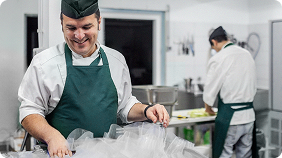

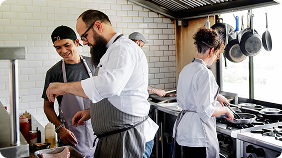


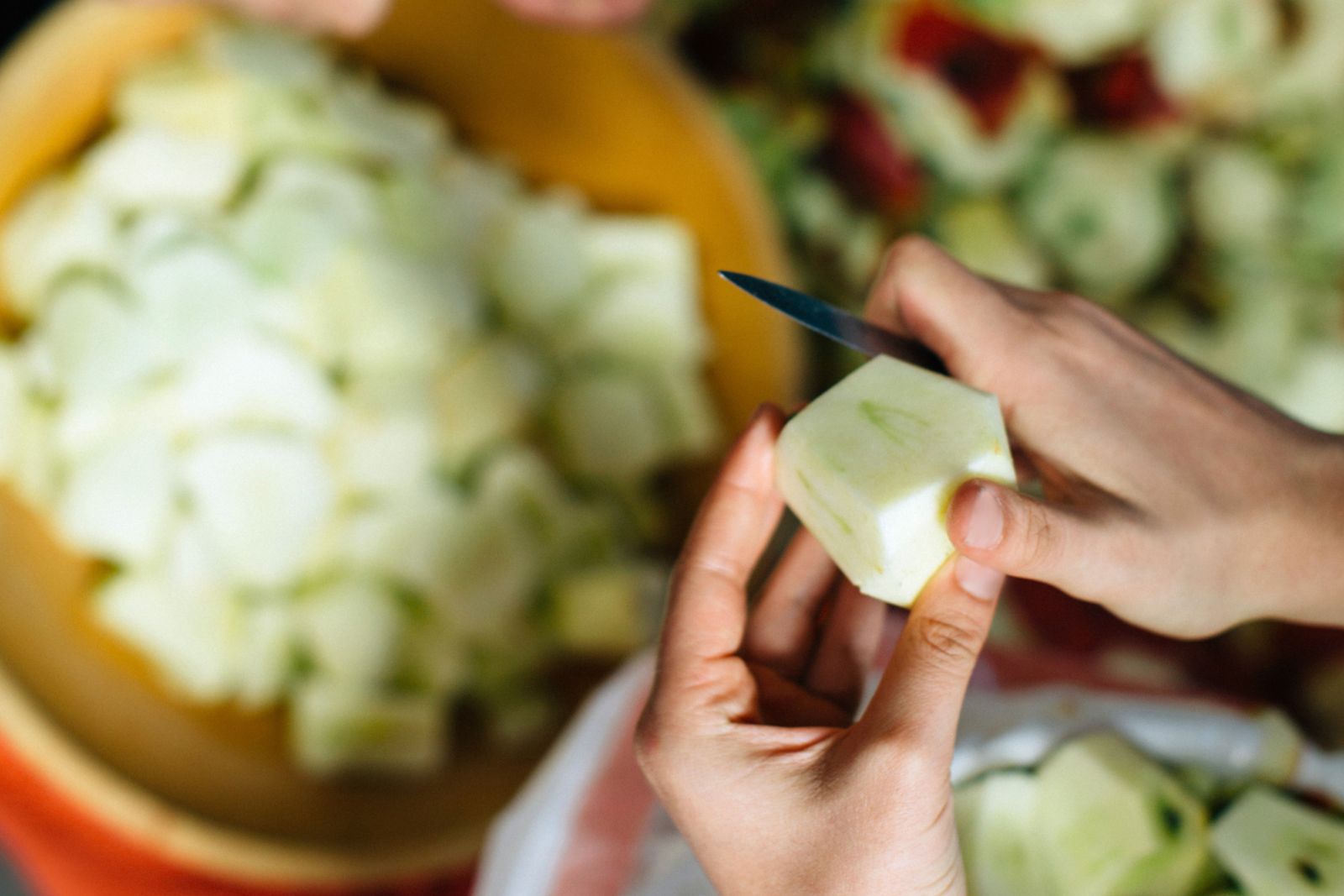
.png)
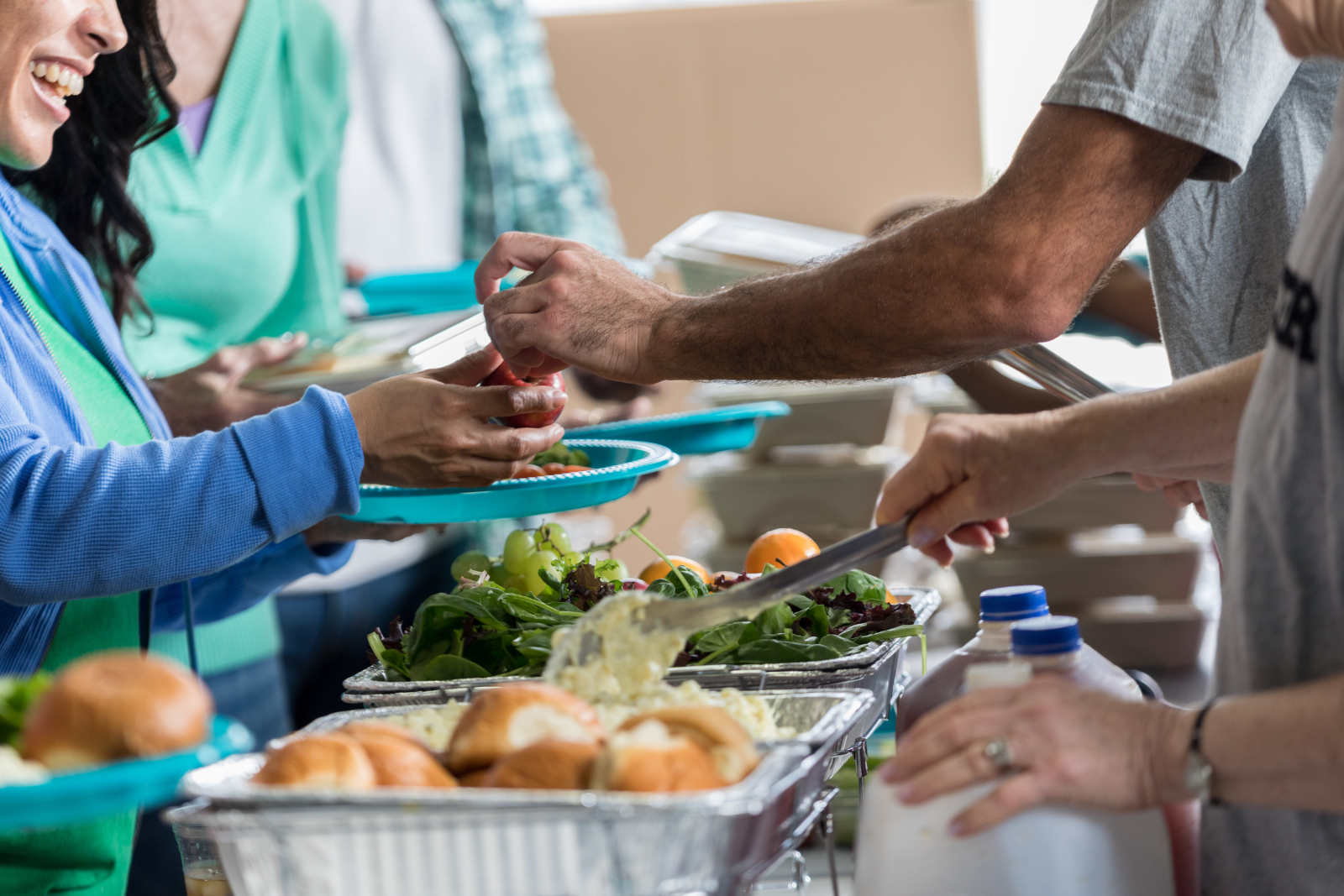
.png)
